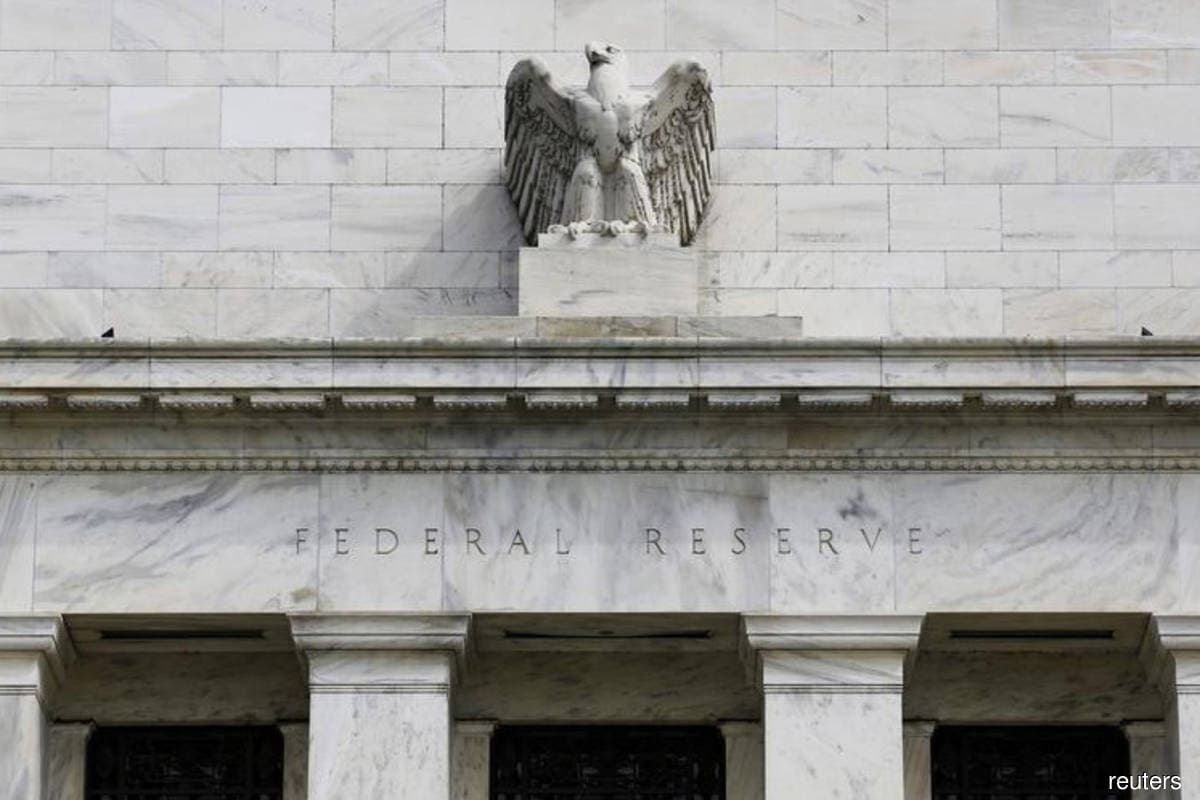
KUALA LUMPUR (June 15): Triggered by last Friday's (June 10) US Consumer Price Index print for May, market expectations are building for the US Federal Reserve (Fed) to upshift rate hikes. Pricing has sharply risen towards pricing for 75-basis-point (bps) hikes in the coming two or three meetings. 10-year US Treasury yields rose by 12bps overnight to 3.47%, close to the 3.5% peak in our forecast.
The emerging narrative for the Fed will create considerable pressure on Asian central banks to accelerate their rate hikes, especially in the context of recent portfolio investment outflows across the region.
We think the next shift in Asia central banks’ reaction functions would be to go beyond focusing on domestic growth and inflation considerations, and extend to financial stability and outflows risks. Ultimately, Asia needs higher rates defences against aggressive Fed hikes and balance sheet reduction by major central banks. Yields on China and Indonesia bonds would likely need to be adjusted higher. In markets like South Korea, Malaysia and Thailand, sizeable outflows from locals' diversification into overseas assets have been a drag on balance of payments. Higher local deposit rates and bond yields would help incentivise locals to keep their funds onshore.
Asia generally has plenty of foreign exchange reserves that can be drawn on to buffer external-driven volatility, and several central banks appear to have sold reserves for such purposes. But it doesn't address the root cause of the problem — rate differentials moving against Asia. Unless Asia's growth outperforms or the broad US dollar peaks, outflow pressures would persist.